Vernacular Photography: The Joy of Collecting Found Photos
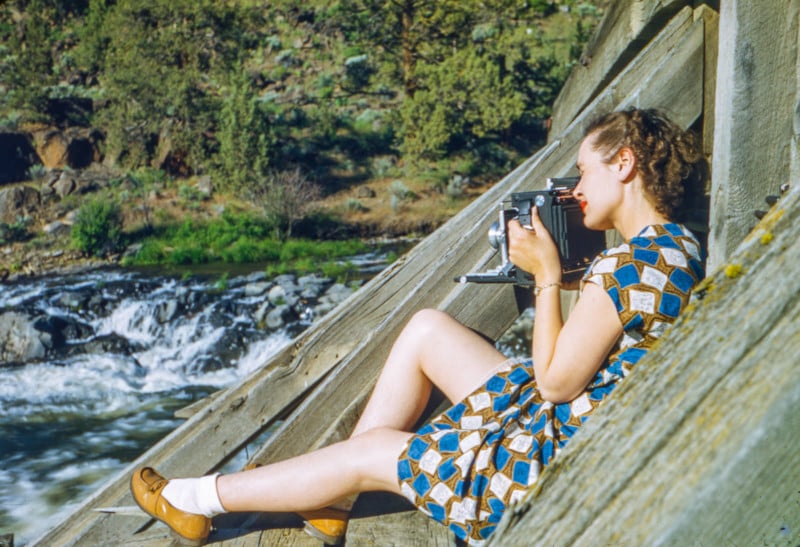
As a photographer, I have been making photographs with my own cameras my entire life. From my first Kodak Instamatic camera as a child, to the Sigma film SLR that I received as a gift in high school, to my first digital camera (a Sony Mavica in 1999 or so) to my current DSLR (a Canon 5D Mark IV) — for me photography has been both a lifelong pursuit and a passion as both a photographer and an artist.
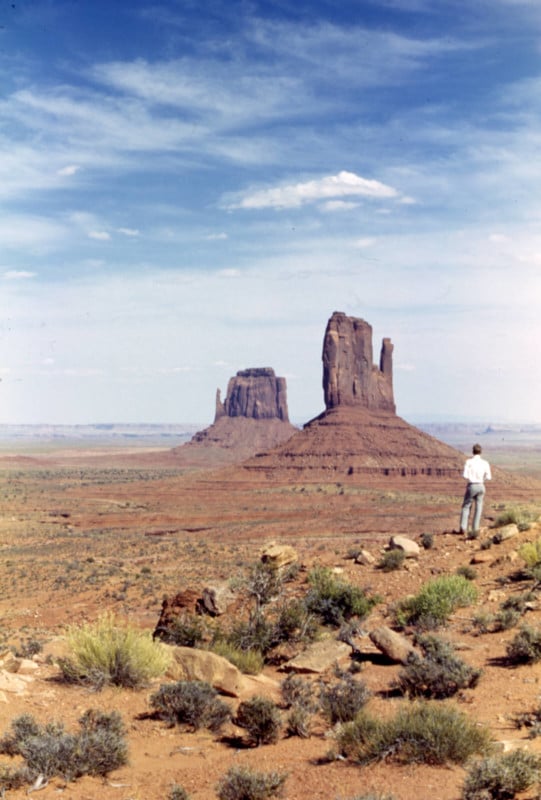
In November of 2019, visiting my parents down in Los Angeles over Thanksgiving, and shortly before the pandemic started, I stumbled upon a box of 35mm slides in a warehouse in an antique store. I bought the box (I think for $20) and began digging into the slides (mostly old Kodachromes). What I discovered was truly a treasure.
The best I could figure out, the slides were made by a photographer named Hugh Stevens Bell. Googling Bell, I learned that he’d been published in National Geographic. Mostly his photos focused on the American Southwest and included many photos of American Indians from the 1940s and 1950s — the collection also included many personal photos of his family and family life.
I was hooked.
A few months later the pandemic hit and I found myself reluctant to go out and make my own photos while also simultaneously fascinated by a newfound hobby of collecting vernacular photographs (found photos). The timing seemed right to dive in.
After almost three years now of collecting vernacular photography (and publishing over 10,000 found photos on Flickr), I’ve decided to write this article to share my approach to my own collection.
To simplify things I’m defining found photos as physical photos, negatives, and slides that have been separated from their original owners.
There are many different types of collectors of found photos. The most popular type of photograph collected is probably the standard black and white snapshot — paper photographs, many casually made, oftentimes by Americans, mostly in the 1920s-1960s. Many of these are now part of serious museum and gallery collections.
Certain types of snapshots are more valuable than others and highly collectible. Photographs of African Americans, gay interest, disaster photography, vintage Las Vegas, New York, or San Francisco all seem to sell at a premium. Additionally, many collectors focus on certain types of photographs or subjects in photographs — hand-tinted photographs, polaroids, photographs of three women (three graces), photographs of people in Easter bunny costumes or rabbits, photos from vintage photobooths, photos of bicycles or tricycles or women and cars, photos of airplanes, and many more categories define individual interest.
Then there is the wider general variety of photographs of family life, of military and war, of vacations and the automobile, and lots and lots and lots of photos of Christmas trees and people fishing.
The most interesting of these snapshots as collected by serious collectors and dealers are oftentimes very artful photography. Sometimes these are historic photographs or made by professional photographers, but quite frequently these photos are also mere happy accidents made by amateurs.
Some collectors need the physical manifestation of paper. They need to touch a photograph, feel a photograph, hold the weight of the photograph in their hand and examine it as an object.
My collecting is a bit different.
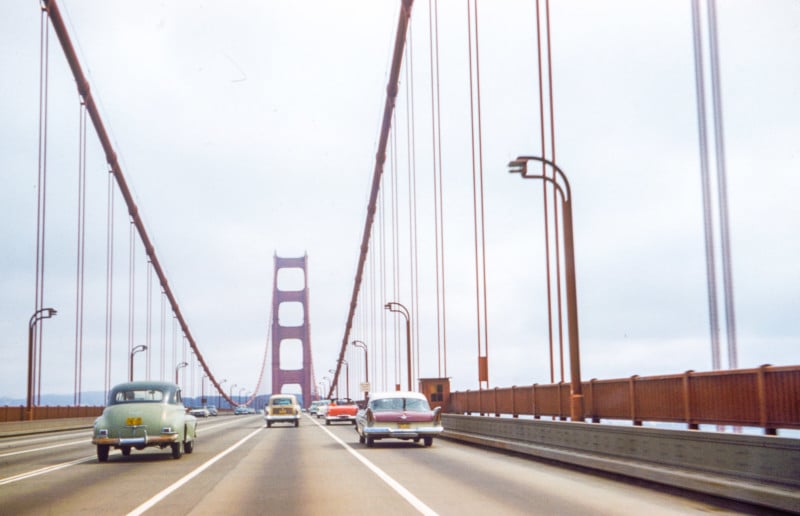
For me, collecting found photos is more about a process, a process of pulling lost, orphaned images from analog obscurity and elevating them to a digital, widely-shared, and accessible permanent longevity. I’m not a dealer or a collector for financial gain so it doesn’t matter to me that some of the media I collect has less economic value than others.
I am mostly interested in rescuing and publishing interesting imagery. So I will collect snapshots, but I will also collect negatives, slides, photo albums, etc. I will collect black and white imagery and color photographs. I will collect photos from the 1920s-1960s, but I will also collect photos from the 1970s to the present, photos that many collectors deem less desirable.
For the remainder of this article, I am going to walk through my process, explaining each step I take in my own collecting.
Acquisition
Found photos can be acquired in many different places. For me, I find the best deals come from as close to the source as I can get. From the best I’ve been able to tell, the most common ways for photographs to become separated from an owner are through the death of the owner or through unpaid storage locker bills resulting in lockers being auctioned off.
Estate sales are probably my favorite place to find photos, slides, negatives, etc. Usually, these are collections that have not been picked through and are mostly intact. They can also be had much more cheaply than in other places. It’s not unusual to pick up a collection of slides at an estate sale (if you can find them) for $20. I bought one collection of 40 carousels of slides for $40. I bought a collection of probably 5,000 negatives for $200.
Estate sales are a lot of work though. You have to drive to the sale, oftentimes wait in line when it opens to get there early enough before the photos are gone, and most of the time they don’t even have photos/slides. Sometimes you’ll research a sale and see a photo of a box of slides in the sale items and then the next day you get there and the family has decided to pull the slides from the sale. Still, when you find something good, you usually get something good at a great price.
After estate sales, you can also find slides/photos at flea markets, antique/thrift stores, and auctions.
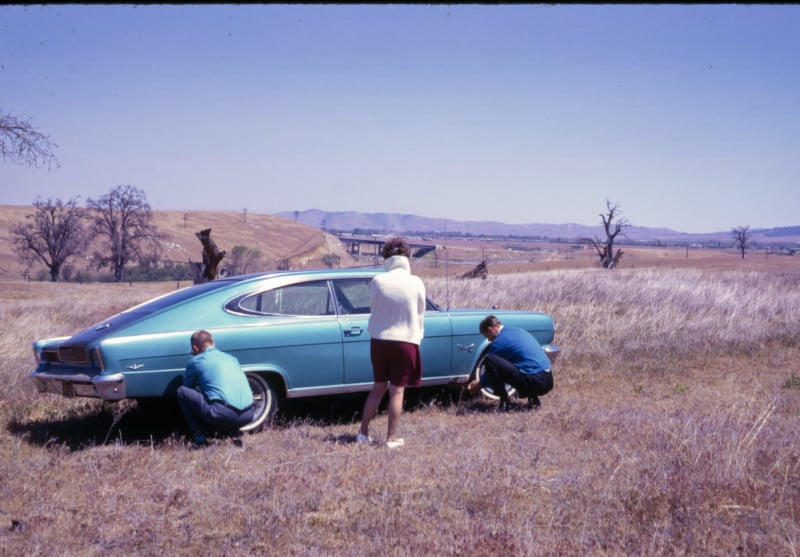
And then there’s the motherlode of all for most collectors of just about anything, eBay.
Every single day thousands of found photographs are sold on eBay. On eBay, though you will pay MUCH more for the photos you buy. Buying lots of photos is generally your best value, but oftentimes you find yourself purchasing a lot of photos or slides that have already been picked through by others and you are basically buying a bunch of rejects after everything good has been culled out. Sometimes you can find good dealers who routinely sell high-quality lots of photographs, other times you can get an idea of where a seller is sourcing their material (do they have lots of other estate-type items for sale? do they identify themselves as a storage locker buyer?).
Finally, tell everyone you know about your collection. I’ve had many family and friends give me old photographs. I’ve also had them refer me to people who are happy to let me have their physical photos in exchange for free digital versions. Scanning at photo labs can be expensive and many people would rather have digital versions of their photos that they can look at on their computer or phone or iPad and share on social media, than a box of old slides that they haven’t looked at in 20 years. By the way, if you are figuring out what to do with your old slides and photos and want me to scan them for you for trade, hit me up.
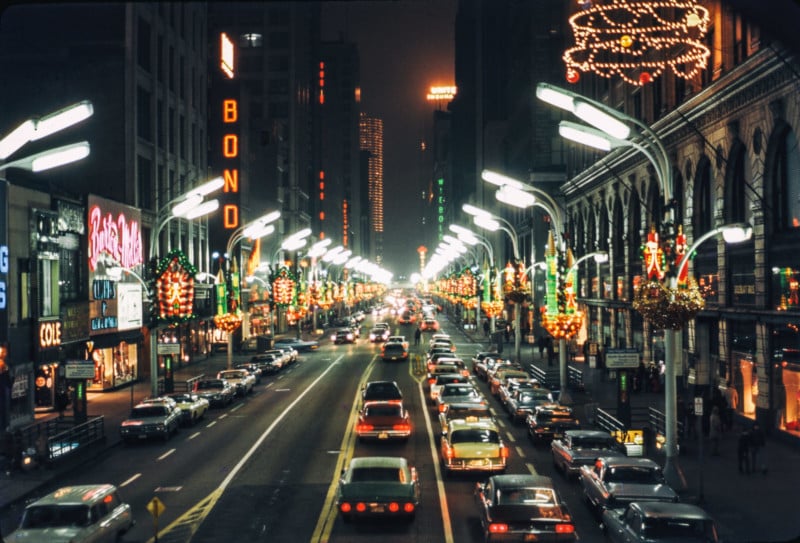
Culling
Once I obtain a collection of images I review the images before deciding which to work with. Sometimes you run into a collection with many great photos, but oftentimes you end up with a collection of photos where someone took 50 photos of their muddy backyard, or flowers, or a boring side of a mountain, or 100 bad fireworks photos. Still, in those collections there are sometimes good photos too — the photo of the proud husband posing his wife in front of the brand new family car in 1956, a photo of that marque in Las Vegas with all the glorious neon from a 1968 vacation, that early family vacation to Disneyland, you know… the good stuff.
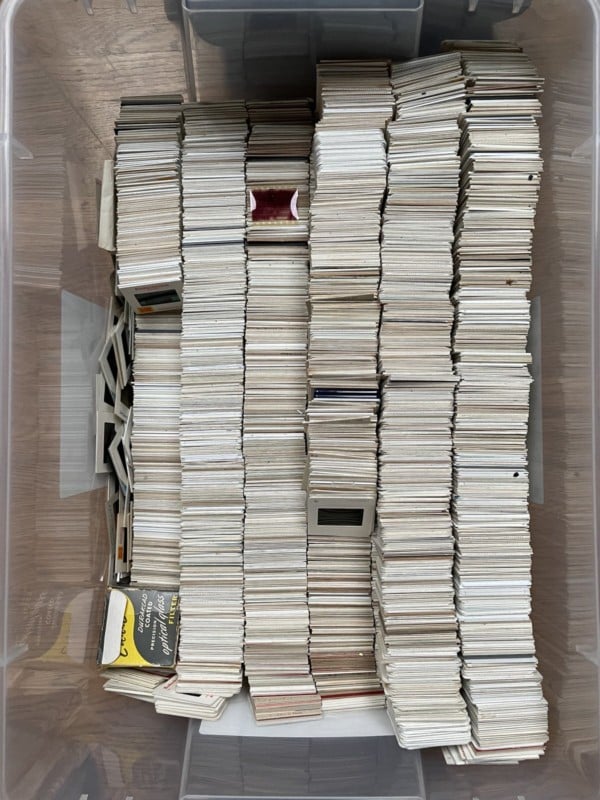
For me, culling involves shuffling through physical photos or looking at slides/negatives with a loupe and then making a decision on an image. Images are generally divided into three categories (to scan, maybe to scan, definitely not to scan).
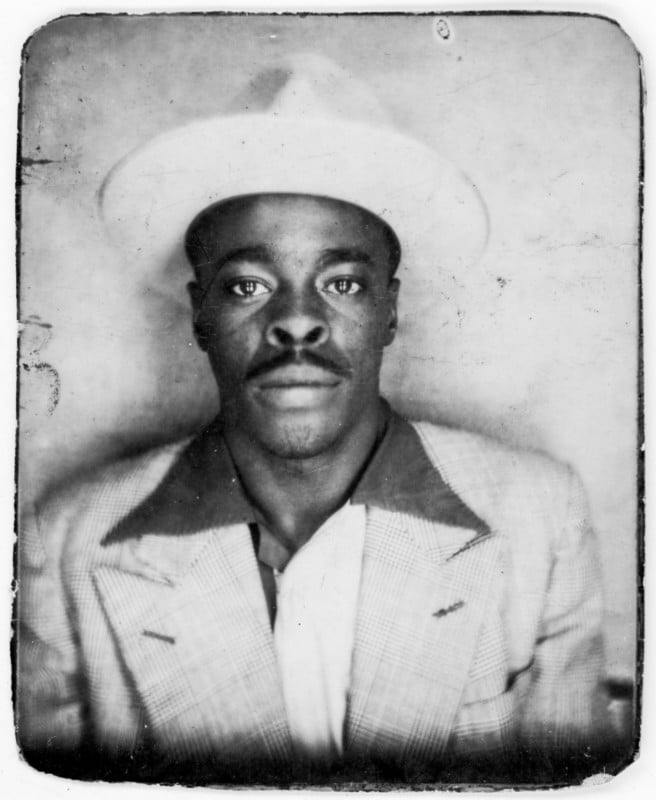
Scanning
There are many different ways to scan photos/slides/negatives. Some people use a DSLR-based system and actually rephotograph the image. For me I prefer to use a flatbed photo scanner; in my case, I own an Epson Perfection V850 Pro photo scanner. For what I need it does a great job. I can do batches of slides or negatives at once. It comes with scanning software.
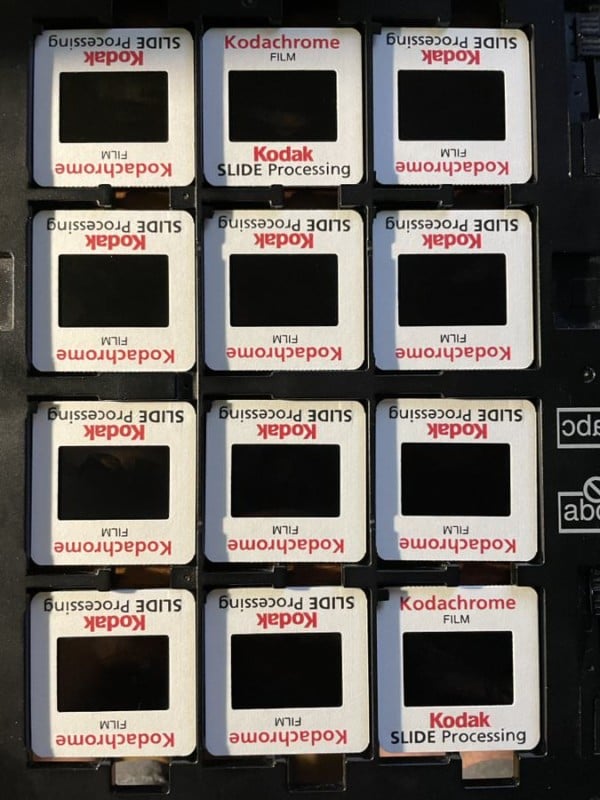
I scan my paper photographs at different resolutions depending on the size of the paper photograph. I might scan an 8×10 at 1200 dpi or a small photo booth photograph at 4800 dpi. I scan my slides and negatives mostly at 3200 dpi.
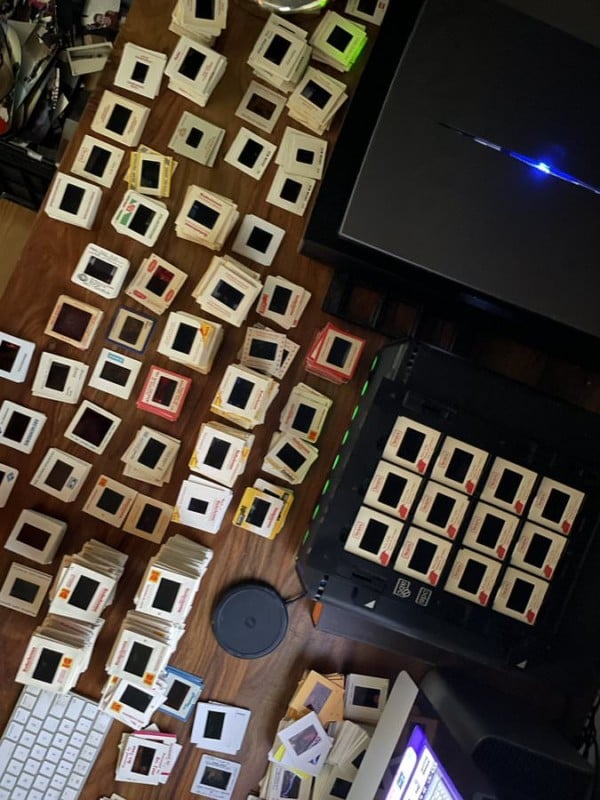
Everything I scan is saved into a folder by that job and dated and saved as a TIFF file.
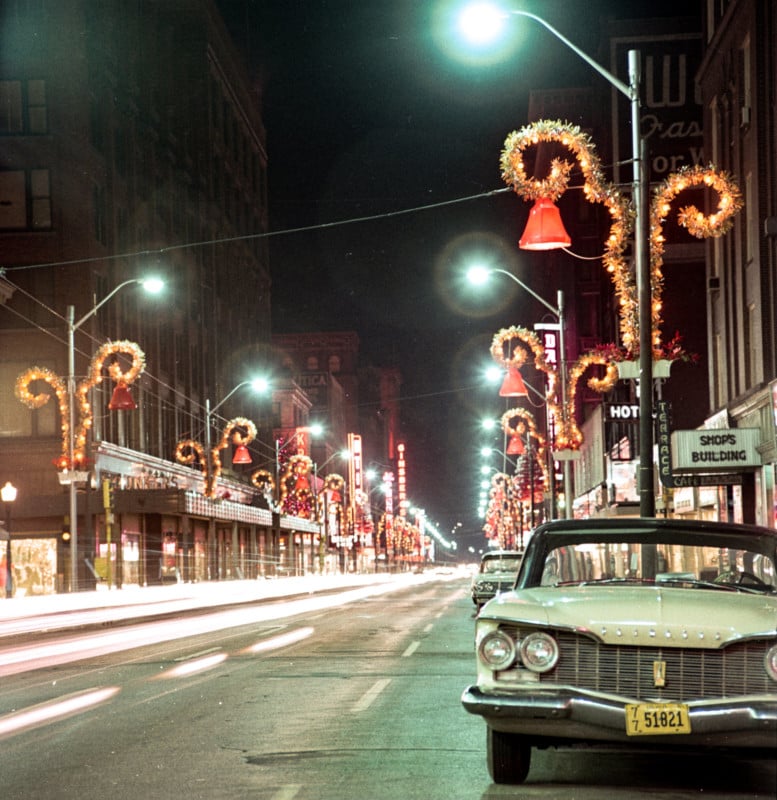
Editing
Once I finish with a scan job I’ll begin editing the images. I treat these adopted photographs the same way that I treat my own photographs. I will work with them in Adobe Lightroom making the adjustments I feel bring out the best in the photo. I will often make multiple versions of the work if I feel it is warranted — sometimes, for example, I might find a great color Kodachrome image also works well in black and white.
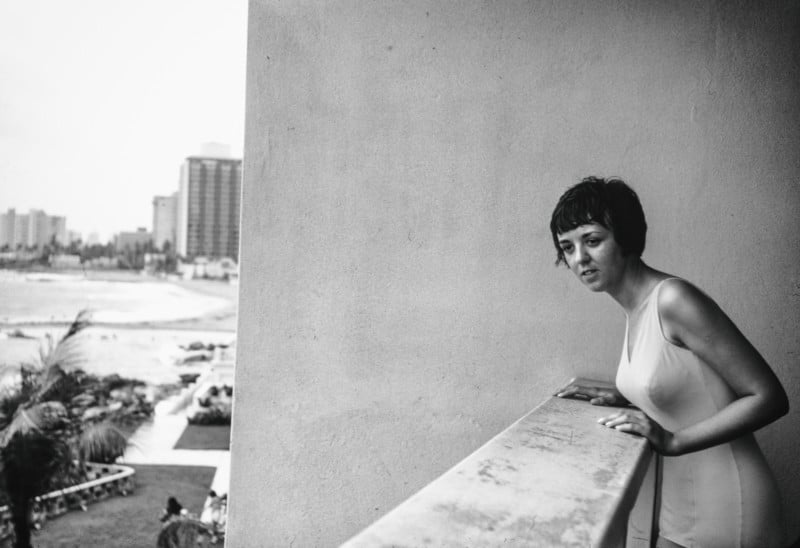
Keywording
Keywording is one of my least favorite parts of collecting. It’s boring, it’s monotonous, it’s time-consuming… but, keywording is the key to organizing my collection and to making it more searchable in its new digital life. After editing a batch of photos I’ll go through the collection and apply as many keywords as I can. In addition to keywording the brand of media (Kodachrome, Ektachrome, etc) at the time of the scan, I’ll also include any dates that I have on a slide or any writing or other types of annotation made by the original owner on a slide or on the back of a photograph — sometimes it’s what’s written on the back of a photograph that makes it the most interesting of all.
In addition to what I have available from the physical photo/negative/slide, if it’s from a single collection, I’ll create a title just for those photos so that they can be properly grouped together later. For example, I found a collection of images from a family named Clouse from Coffeyville, Kansas and so those all get the keyword “The Clouse Collection” which allows me to keep them together online. I also try to identify what’s in a photo the best I can. A photo of the Statue of Liberty also gets the New York City, keyword, etc.
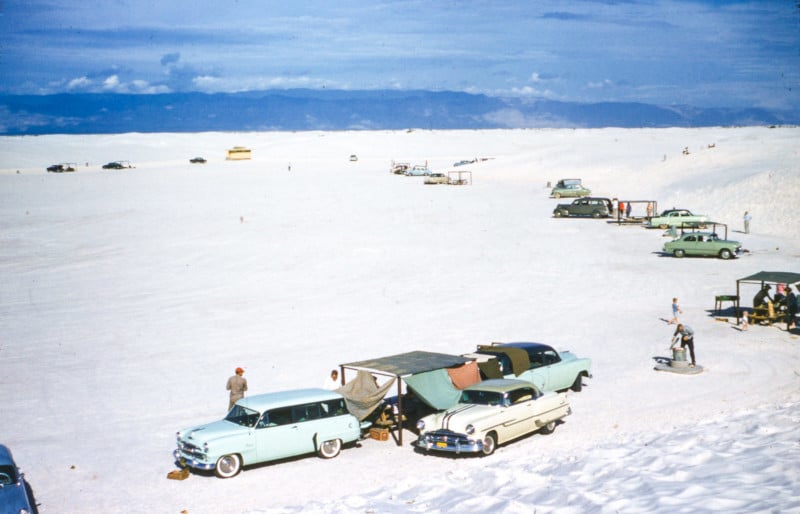
Publishing
As I mentioned earlier, to date I’ve published over 10,000 found photos to Flickr. By the way, these are 1,300 or so that people on Flickr have found most interesting.
Each day I publish anywhere between 50 and 150 photos to Flickr (I’m trying to publish 1,000,000 photos to Flickr before I die). Usually I publish in three batches (morning, noon, night). What I’m doing now is mixing in my new found photos that I finish with my own unpublished archive of photos I’ve taken myself. I find that mixing the two makes my Flickrstream more diverse.
The great thing about publishing my collection to Flickr is that not only can I share it with the world indefinitely (even after my own death hopefully) but the community at Flickr can also participate in the collection. Quite often my friends on Flickr will help me identify the location of a particular photo. One friend suggested tagging all of the photos of a particularly well travelled and photogenic woman in a collection as “Lady Zelig” (a fictional name) in order to group them together. Frequently friends who know much more about cars or airplanes than I do will identify the type of vehicle or even historical background on airplanes, people, locations, etc.
I use SuprSetr to automatically build albums or collections around my keywords for organization on Flickr (thanks Jeremy!)
There is also a vibrant community of other collectors on Flickr. I started my own group (although it is not as active as I’d like) on Flickr called “American Vernacular” where I try to publish much, much more about various sites and articles of interest around vernacular photography (please join and participate). I’ve been particularly impressed by John Van Noate’s collection. John is not only a very serious collector/dealer but one of the great writers on Flickr as well.
I do also publish some of my found photos on Twitter and Instagram from time to time, but really Flickr is my social home on the web these days.
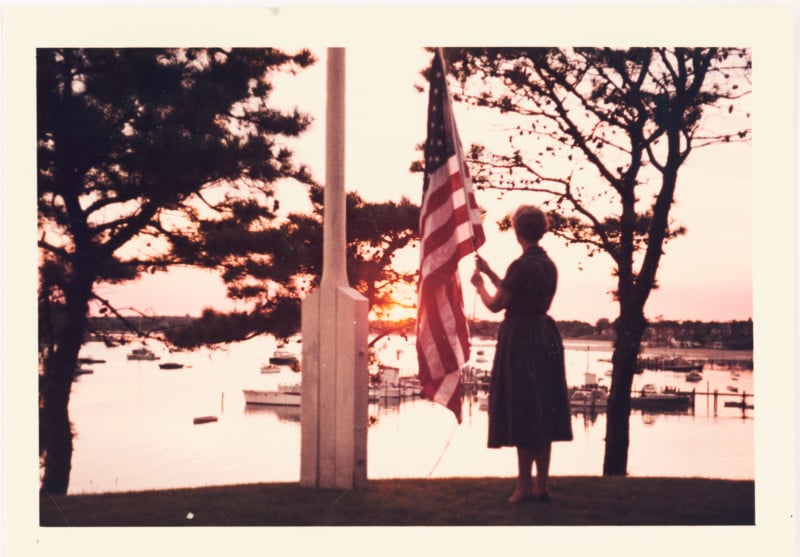
Archiving
This is probably the weakest part of my collecting so far. Once I scan a photograph/slide/negative it basically goes into one of those giant plastic bins (along with thousands of others) and is stored in an insulated room in my attic (part of my home office). Fortunately, the Bay Area where I live is never really too hot or too cold and a dark room in an attic may be an ok place for them. I know a lot of more serious collectors probably do more to protect their collections, but this is not a part of my collecting I’ve really been ready to engage with to date — perhaps someday when I’m older and have more time.
The disadvantage of this approach, of course, is that in the future it would be almost impossible for me to try to locate a single image amongst the thousands of images all mixed together (although I do try to keep individual collections together the best that I can).
Anyways, I hope that those of you still reading this TL;DR article got something out of it, and feel free to let me know if you have any questions. If you collect vernacular photography please consider publishing your collection to Flickr — I hope to see you and engage with you there.
About the author: Thomas Hawk is a photographer and blogger based in San Francisco. The opinions expressed in this article are solely those of the author. Visit his website here and his Flickr photostream here. This article was also published here.